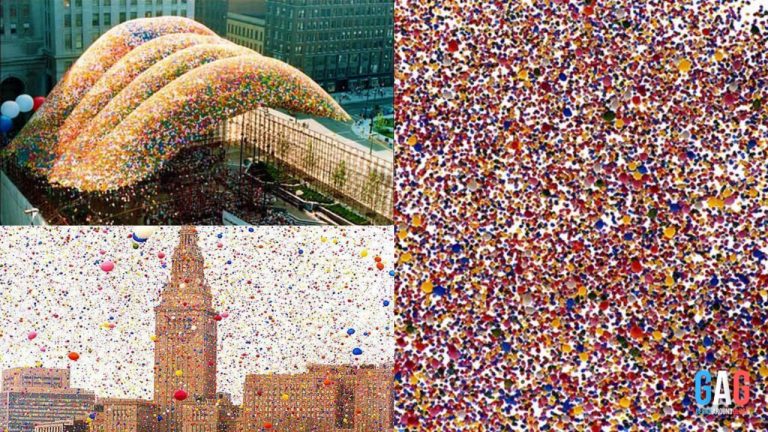Welcome to a journey beyond the stars, where we’re about to uncover secrets that were kept hidden. Get ready to explore the truth about space, and you won’t believe what we’re about to reveal!
In this article, we’re going to bust some myths and separate fact from fiction. It’s time to challenge what you thought you knew about the universe. They tried to keep these secrets from us, but we’re not going to let that happen!
Join us as we dive into the exciting world of space and discover the amazing things they didn’t want you to know.
The Sun’s Surprising Colors and Nuclear Reactor
First things first, forget everything you’ve been told about our Sun. Contrary to popular belief, it’s not a bright yellow ball of fire. In fact, it’s not even yellow! Scientists have discovered that our Sun emits most of its energy at a wavelength close to green.
However, due to a mixture of other wavelengths, we see it as a vibrant white from space. The reason it appears yellow from Earth is due to our atmosphere scattering blue light.
But that’s just the tip of the cosmic iceberg. Did you know that the Sun isn’t actually on fire? It’s a gigantic nuclear reactor, constantly fusing hydrogen atoms to create helium, which releases enormous amounts of energy.
Burning, as we know it, requires oxygen, and the Sun doesn’t have much of it. So, it’s not fire but rather a mind-blowing fusion process that keeps our Sun scorching hot.
Debunking Space Explosions
let’s debunk a common misconception about space explosions. You’ve seen them in movies, right? Spaceships dramatically go up in flames. Well, here’s the truth: explosions in space don’t exist!
Why? Because space is devoid of air, which means no oxygen for the fire to occur. Sorry, Star Wars fans, but you won’t witness any fiery battles out there.
Counting the Stars
Have you ever looked up at the night sky, overwhelmed by the countless stars? Contrary to popular belief, you can actually count them!
Scientists at Harvard have done the hard work for us and identified 9,110 stars visible to the naked eye from Earth. So, grab a telescope and try counting them for yourself. You might be surprised by what you discover.
The Truth about the Asteroid Belt
Let’s talk about the infamous asteroid belt. Contrary to its portrayal in movies, it’s not an obstacle course of death. Yes, there are trillions of space rocks, but they’re spread out over a vast distance.
The asteroid belt between Mars and Jupiter is 225 million kilometers (140 million miles) across, and the space rocks within it are millions of kilometers apart. So, the chances of a spacecraft colliding with one are incredibly slim.
Surviving in Space
Now, what if you were thrown into the vacuum of space? Contrary to popular belief, you wouldn’t instantly turn into a popsicle. Heat transfer from space to your body is extremely slow, and it would take hours for you to freeze.
However, the lack of oxygen would be the real danger. After 15 seconds, your brain wouldn’t receive enough oxygen, leading to unconsciousness. After two minutes, your organs would start shutting down, resulting in a grim outcome.
Temperature in Space
And here’s an interesting fact: space itself doesn’t have a temperature. Temperature requires particles to move around and transfer energy, but in the true vacuum of space, particles are few and far between.
However, areas closer to stars can be extremely hot, while some gas clouds in space can reach chilling temperatures as low as -263 °C (-440 °F).
To wrap things up, Remember, these space myths are just the beginning. The universe holds countless more surprises and mysteries waiting to be unraveled. So, keep exploring, questioning, and never stop seeking knowledge about the awe-inspiring cosmos that surrounds us.







